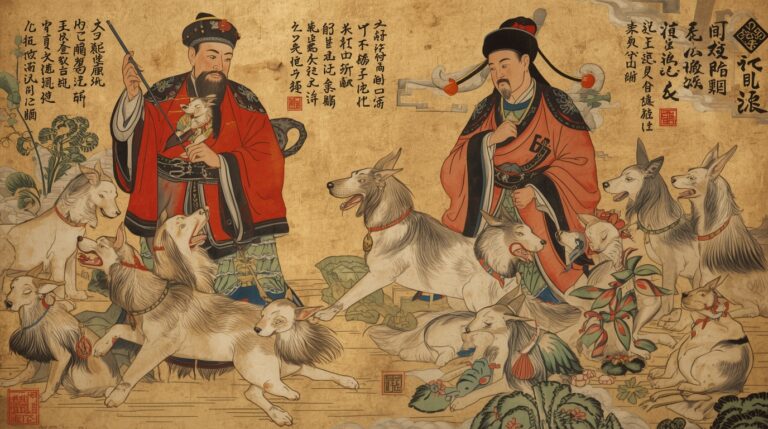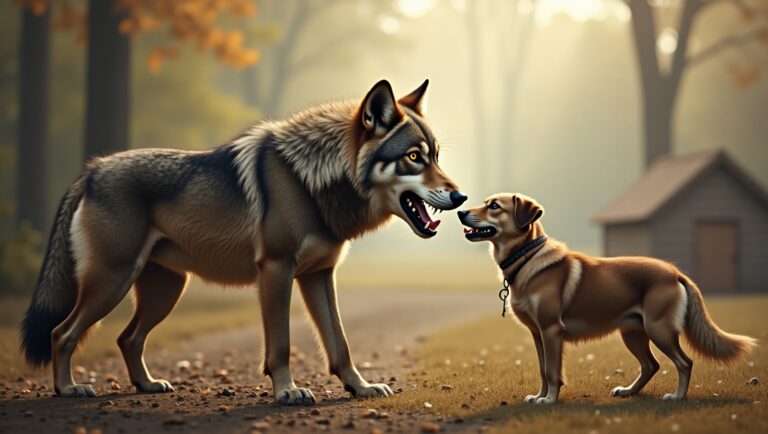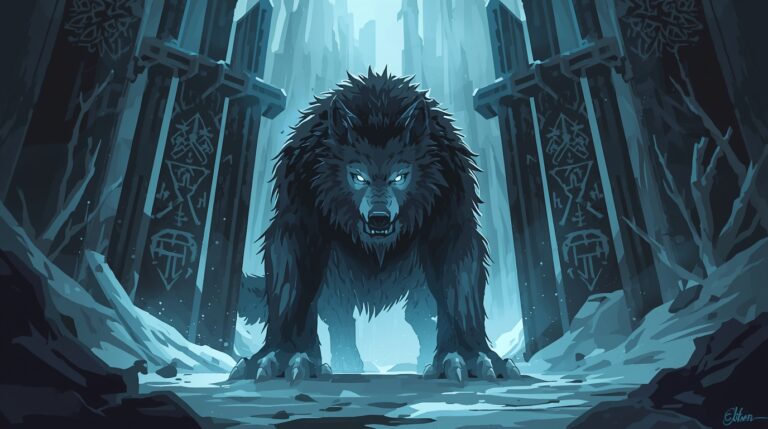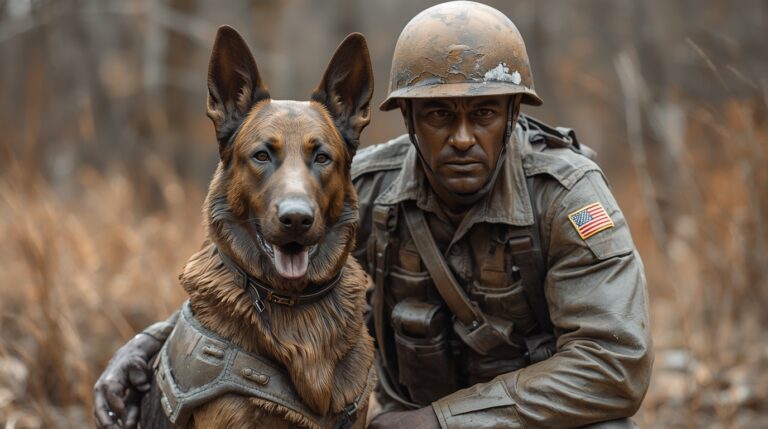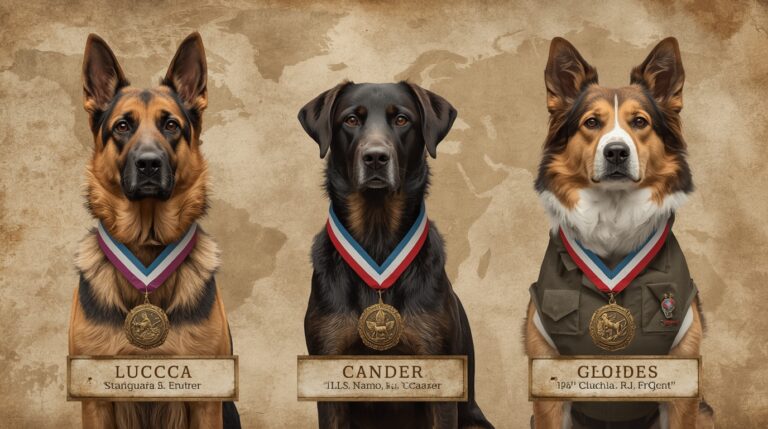Dog Shows and Their Origins: A Comprehensive History and Guide
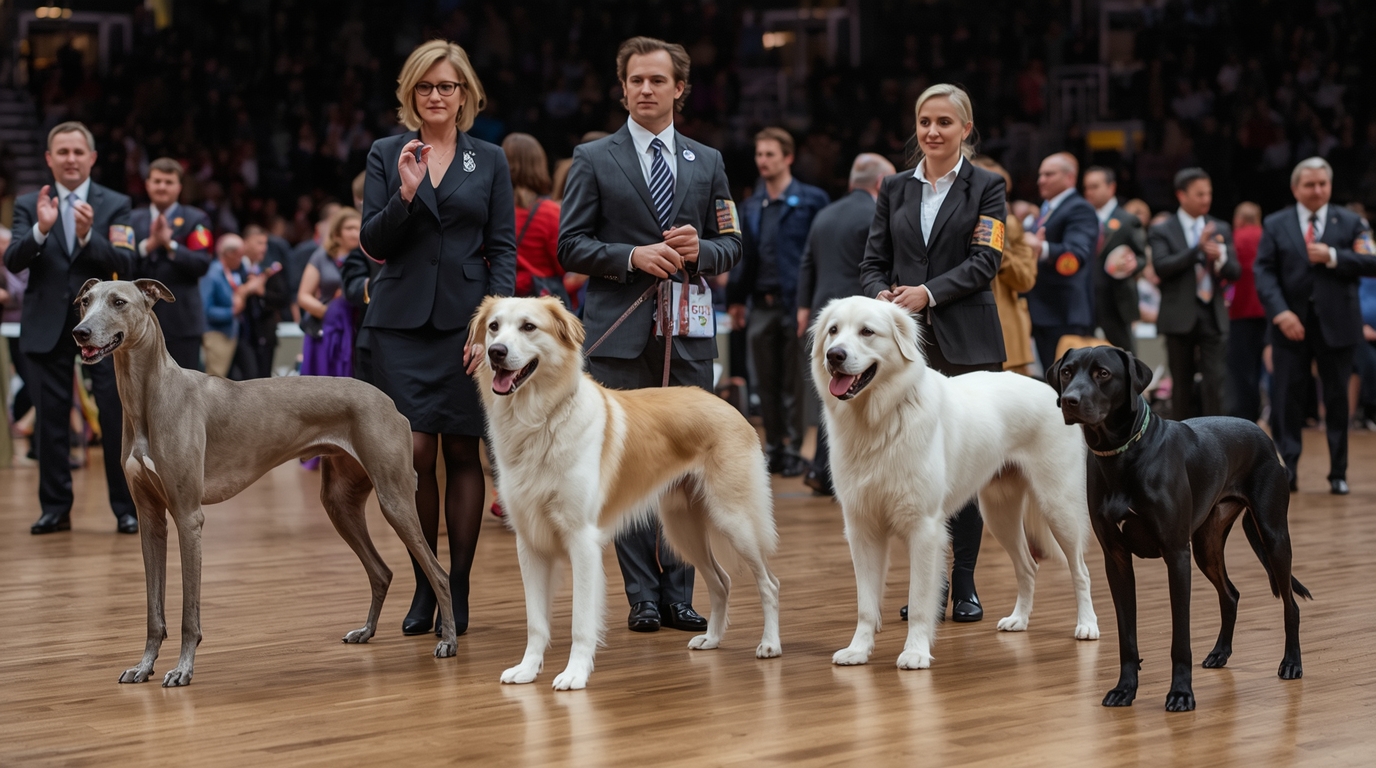
Introduction
Dog shows have evolved into some of the most prestigious canine competitions in the world. These events judge dogs not by tricks or speed but by how well they conform to established breed standards. From elegant Afghan Hounds to agile Border Collies, each breed showcases centuries of selective breeding, history, and human ambition.
This article explores the origins of dog shows, the roles of international kennel clubs, judging systems, controversies, and the fascinating cultural evolution that has turned dog shows into both tradition and spectacle.
The Early History of Dog Shows
The First Documented Dog Show in 1859
The first organized dog show took place in Newcastle-upon-Tyne, England, in 1859, with just 60 dogs entered, all pointers and setters. Sponsored by local hunters, it was held to evaluate dogs on their field performance and appearance.
Role of the British Aristocracy and the Victorian Era
During the Victorian era, interest in animal exhibitions grew alongside a cultural fascination with categorization and aesthetics. The British aristocracy treated dogs as status symbols, and showing a well-bred, well-groomed dog became a reflection of class and taste.
The Rise of Kennel Clubs
Formation of the Kennel Club in 1873
The Kennel Club (UK), formed in 1873, was the first official body to standardize dog shows and regulate the registration of purebred dogs. It developed the breed standards used in conformation shows, laying the foundation for global kennel governance.
Creation of Standardized Breed Criteria
A breed standard outlines the ideal physical characteristics, temperament, and movement of a dog breed. These standards, enforced by judges, are used to determine which dog is closest to the “ideal” specimen.
Transatlantic Influence: Dog Shows in America
Founding of the American Kennel Club (AKC)
The American Kennel Club (AKC) was founded in 1884. Modeled after the British Kennel Club, the AKC grew into one of the world’s most influential canine organizations, now representing 200+ recognized breeds.
The Westminster Kennel Club and Its Legacy
The Westminster Dog Show, first held in 1877, predates the AKC and is the second-longest continuously held sporting event in the U.S. It remains the most prestigious dog show in America, drawing thousands of competitors annually.
The Globalization of Dog Shows
Fédération Cynologique Internationale (FCI)
The FCI, founded in 1911, serves as the international canine federation, recognizing breed standards across 100+ member countries. It coordinates the World Dog Show, held annually in a rotating host nation.
The Emergence of Crufts and World Dog Show
Crufts, organized by the Kennel Club (UK), began in 1891 and has grown into the world’s largest dog show, with over 20,000 entries annually. Similarly, the World Dog Show reflects global breed diversity and canine culture.
also read this Cultural Representation of Dogs Through History
Structure of Modern Dog Shows
Breed Groups and Categories
Most kennel clubs divide dog breeds into seven major groups:
- Sporting Group (e.g., Retrievers)
- Hound Group (e.g., Beagles)
- Working Group (e.g., Rottweilers)
- Terrier Group (e.g., Bull Terriers)
- Toy Group (e.g., Chihuahuas)
- Non-Sporting Group (e.g., Dalmatians)
- Herding Group (e.g., Border Collies)
How Judging Works in Conformation Events
Judges evaluate dogs based on criteria such as structure, gait, coat, and temperament, always comparing them to the written breed standard, not to each other.
Dog Show Terminology Explained
What Is “Best in Show”?
“Best in Show” is the highest honor at a conformation event. Dogs must win at the breed level, then their group, and finally compete for the top title.
What Are Breed Standards?
A breed standard is a written guide describing the ideal dog of a specific breed. It includes specifications on size, coat, color, structure, and behavior.
Famous Dog Shows Around the World
Westminster Dog Show (USA)
Held annually at Madison Square Garden, Westminster showcases over 3,000 dogs from across the U.S. and internationally. It’s the ultimate goal for many American breeders.
Crufts (UK)
Crufts, sponsored by the Kennel Club, takes place in Birmingham, UK, and includes not just conformation but also agility, obedience, and flyball competitions.
World Dog Show (Rotating Host Countries)
Organized by the FCI, this event rotates locations worldwide and often features over 10,000 dogs from more than 80 countries.
The Role of Dog Breeders and Handlers
Ethical Breeding Practices
Good dog breeders focus on health, temperament, and conformation. They also screen for hereditary diseases and follow ethical guidelines established by kennel clubs.
Professional Dog Handlers and Training
Professional handlers train and exhibit dogs for clients. Their grooming, ring presentation, and understanding of breed standards often impact a dog’s success.
Dog Show Judging Criteria
Movement, Structure, and Temperament
Judges examine gait, posture, muscle tone, and breed-specific behavior. For example, a German Shepherd must demonstrate balanced, powerful movement.
Judges’ Certification and Evaluation Methods
Judges must be certified and knowledgeable in each breed they evaluate. Many have decades of experience and attend breed-specific seminars.
The Spectacle and Culture of Dog Shows
Dog Fashion, Grooming, and Presentation
Elaborate grooming styles, show coats, and accessories are often used to enhance a dog’s appearance. For instance, Poodles may have sculpted cuts to highlight breed features.
Media Coverage and Public Engagement
Television networks like USA Network and BBC regularly air major dog shows. Social media also amplifies awareness and public interest in breed diversity.
Criticism and Controversy
Ethical Concerns Around Breeding for Appearance
Critics argue that breeding for strict appearance criteria can lead to inbreeding, genetic disorders, and reduced longevity in some breeds.
Health Issues in “Show Dogs”
Breeds like English Bulldogs and Pugs, selected for exaggerated traits, face respiratory issues and joint problems, prompting reforms in breeding policies.
Modern Innovations in Dog Shows
Use of Technology and Live Streaming
Events like Crufts now offer live streams, online registration, and even 3D imaging for vet checks and conformation pre-screening.
Virtual and Online Dog Competitions
Post-2020, many clubs introduced virtual dog shows, where dogs are judged via submitted videos and photos, expanding accessibility worldwide.
Breed Groups and Their Role
Each breed group was developed for specific functions:
- Working Group: Sled pulling, guarding (e.g., Mastiffs)
- Herding Group: Livestock management (e.g., Australian Shepherds)
- Sporting Group: Hunting companions (e.g., Spaniels)
This classification helps judges and audiences understand a dog’s original purpose and ideal traits.
Training for Dog Shows
Behavioral Conditioning
Training starts early, focusing on socialization, gait training, stacking, and distraction control.
Training for the Show Ring
Dogs must be lead-trained, stand still on command, allow physical inspection by judges, and exhibit calm temperament under pressure.
Behind the Scenes of Dog Shows
The Work of Stewards, Vets, and Event Managers
A team of ring stewards, veterinarians, and logistics coordinators ensures events run smoothly, safely, and on time.
Travel and Logistics for Competitors
Show dogs often travel across the country or internationally. Owners arrange health certifications, airline-approved crates, and accommodations in advance.
Children and Youth Participation
Junior Showmanship Programs
Kennel clubs offer Junior Showmanship to involve youth handlers aged 9–18, teaching responsibility, discipline, and animal care.
Educational Benefits and Skill Development
These programs foster public speaking, time management, and knowledge of canine behavior—skills transferable to careers in vet medicine or animal science.
Economic Impact of Dog Shows
Revenue from Tickets, Merchandise, and Breeding
Top-tier dog shows generate millions annually through sponsorships, entry fees, and merchandise sales. Breeders of winning dogs often command premium prices.
Dog Shows and the Pet Industry
These events indirectly support industries like pet grooming, training services, dog food brands, and insurance companies.
The Future of Dog Shows
Shifting Standards in the 21st Century
There’s growing demand for health-focused breed standards, prioritizing functionality over exaggerated looks.
Greater Focus on Canine Welfare
Kennel clubs now require health screening, genetic testing, and temperament evaluations before registration and show eligibility.
Conclusion
Dog shows, while rooted in 19th-century aristocratic pastimes, have evolved into global exhibitions celebrating canine excellence, dedicated training, and responsible breeding. As public awareness around canine welfare grows, these traditions continue to adapt, striving to balance form and function in man’s best friend.
